Navigating the Digital Transformation of Water Use in the Home Using Visualisations of Possible Futures

Executive Summary
To realise the benefits of smart water technologies in homes and communities, changes to current data governance practices and thinking about local water management will be needed. Decisions made now will influence the extent to which utilities can shape these changes to maximise community benefits and avoid new issues.
Using visualisations of possible futures within a cool-green precinct, with differing household types, we identified ‘orientation markers’ to help Sydney Water, and other stakeholders, navigate issues and decisions that will arise in response to emerging in-building and in-precinct digital water devices, including smart: meters, fixtures, appliances, irrigation, on-site recycling and tanks.
Introduction
The primary aim of this research was to understand the challenges, opportunities and considerations that may be raised through implementing water-connected smart technologies at household, building and precinct scales. We focused on technologies and systems that may be adopted in newly developed and rapidly expanding areas of Western Sydney, with a view to understand how they might deliver multiple benefits and also help realise the New South Wales Government’s vision for the region as a liveable and sustainable, cool-green city. While focused on Western Sydney, this study is still relevant for other areas.
The project first involved developing a series of ‘visual narratives’ for different households using smart water technologies in the near future. These households existed within four buildings in a hypothetical precinct, with the possible role of digital water devices visualised at these various scales. The visualisations illustrated how smart water technologies could transform water use practices in the homes and diverse communities of Western Sydney within the next decade or so.
The visualisations, across the four dwelling types (diverse mid-range apartments, eco-luxury apartments, age care retirement village and social housing) development and of the precinct, where used to explore, with Sydney Water staff and other experts, the potential implications of the emergence of in-building and in-precinct digital water devices. This exploration drew insights into what the key issues were and therefore what the decision points could be. These insights were then synthesised into several ‘orientation markers’ to guide Sydney Water with the anticipated digital transformation. The research findings have implications not only for Sydney Water, as it plans for and navigates a digital transformation of water use in the home and local communities, but also other utilities, property developers, urban planners, and all levels of government, involved in and impacted by the creation of a sustainable and liveable city.
Highlights
- A novel approach to developing near term scenario visualisations of urban water futures
- A series of detailed visual narratives that illustrate possible futures for four diverse household types
- An exploration of potential benefits and impacts of smart water technologies in homes and communities
- Six ‘orientation markers’ to help guide thinking on this issue and decision-marking for utilities.
Methodology
The research methodology combined social science, engineering and visual communication design and was novel, evolutionary and collaborative. The board steps were:
1. Development of the visualisations
Based on the findings of a literature review, technology scan and initial workshop with Sydney Water staff, we engaged a visual communication designer, to develop a set of visual narratives depicting hypothetical near future (ten years) domestic water practices using digital technologies. The development of the visualisations included testing with experts and community focus groups of customers from diverse demographic groups. Examples of the visualisations are in Figure 1, Figure 2, Figure 3 and Figure 4.
The types of technologies presented in the visualisations included: smart meters with customer feedback, smart appliances and fixtures (taps, toilets, showers) with digital monitoring and control, smart health toilets for the elderly, smart in-home greywater systems, smart tanks of various types, leak monitoring and control valves, ‘solar sponge’ hot water and smart irrigation systems. These digital / internet connected water technologies are combined with others designed to meet liveability and sustainability goals at a local level, such as in-building wastewater reuse, urine separation, rain gardens, bioretention and systems green walls.
2. Exploring the implications
An internal workshop and interviews with Sydney Water staff were used to explore the consequences of the near future scenario being visualised. In the workshop, groups identified key triggers, and the implications of each of the visuals over the short, medium and long term. This was across three themes of: (i) Technical drivers and tech-readiness, (ii) Data governance and interoperability, and (iii) User practices and engagement.
3. Developing a 'field guide for the future
The findings were synthesised onto a set of orientation markers (Figure 5 and Figure 6) to guide Sydney Water (and other stakeholders) in navigating key considerations and questions that may arise in response a digital transformation of water use in the home and local communities.
Outcomes
The ‘orientation markers’ in the ‘field guide’ condenses the key considerations and questions raised into six central themes to help guide future planning and decision making. These were:
- Equitable benefits for users. Ensuring equal access to benefits will become increasingly important as technologies are rolled out in homes, particularly for socio-economically marginalised users.
- Data privacy, sharing and trust. User trust in technology providers, including utilities, and the protection of user privacy will be essential to technology uptake & efficacy.
- Technological interoperability. Effectively networked technologies will be crucial to the realisation of the numerous system benefits.
- Waste avoidance. Unnecessary electronic waste associated with digital technologies, and energy waste linked to non-essential data collection, should be avoided.
- Data coordination. The coordination of data governance operations and protocols between Sydney Water and other stakeholders (e.g. government, manufacturers) and internally, will be crucial.
- Infrastructure and maintenance. It is critical that new buildings and urban infrastructures are equipped to accommodate the introduction of smart technologies.
Conclusion
The visualisations and orientation points should help Sydney Water shape its response to the digital water future as it unfolds in homes and communities, particularly in Western Sydney. Taken together, they are intended to help orient Sydney Water based on the change processes that are likely to unfold. They can assist Sydney Water and others in shaping the direction of the emerging digital technology transformation in some elements of in-home, in-building and in-precinct water systems, and across the city more broadly. This can ensure that community benefits such as water conservation and liveable cool-green communities are realised.
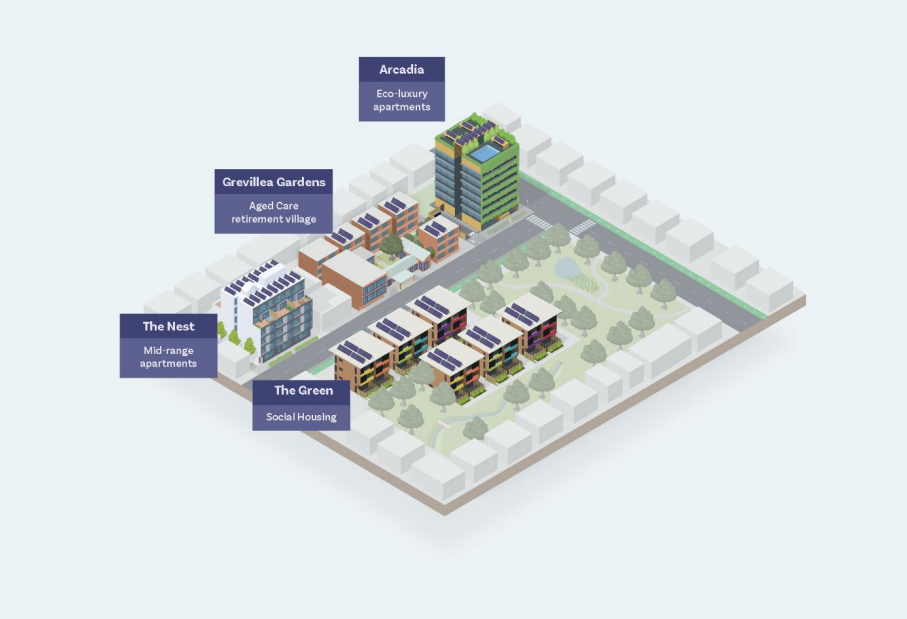
Figure 1: The hypothetical 'Precinct' showing the four explored dwelling types
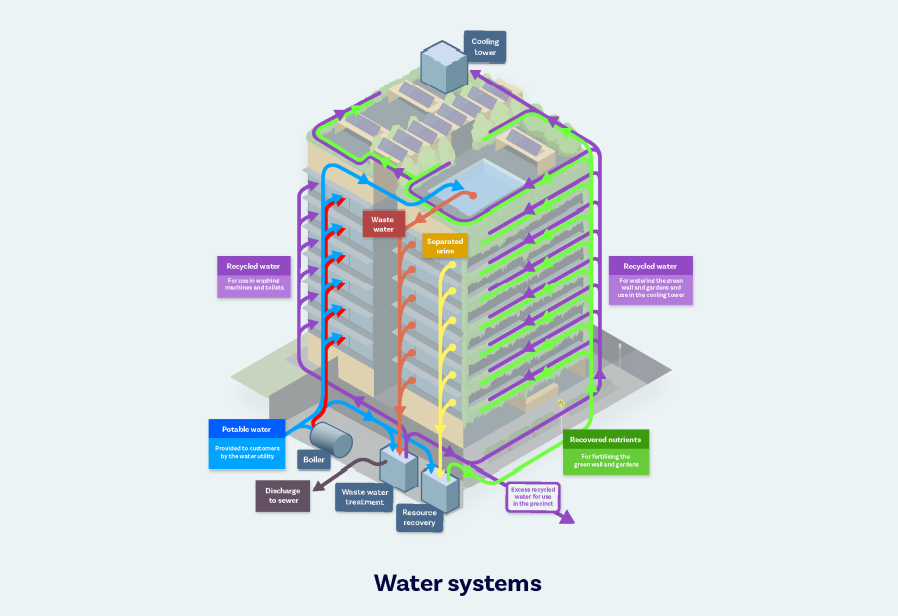
Figure 2: Eco-luxury apartment scenario - exploring building water systems

Figure 3: Eco-luxury apartment scenario - exploring residential data flows
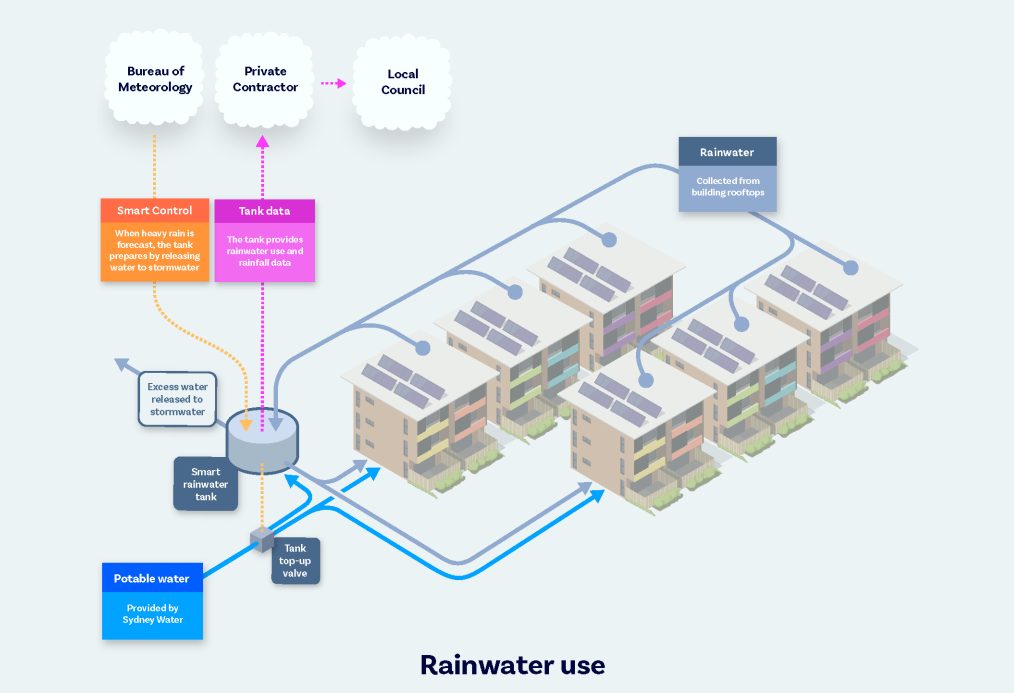
Figure 4: Social housing scenario - exploring rainwater use
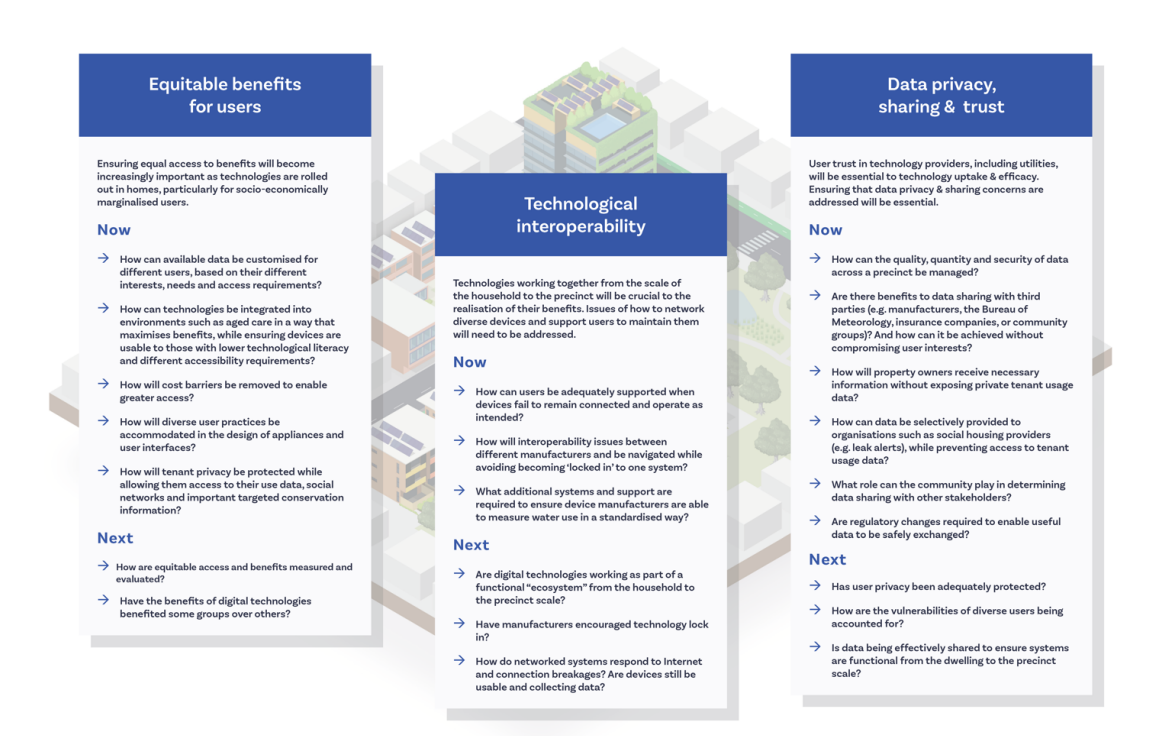
Figure 5: Orientation points (1 of 2)
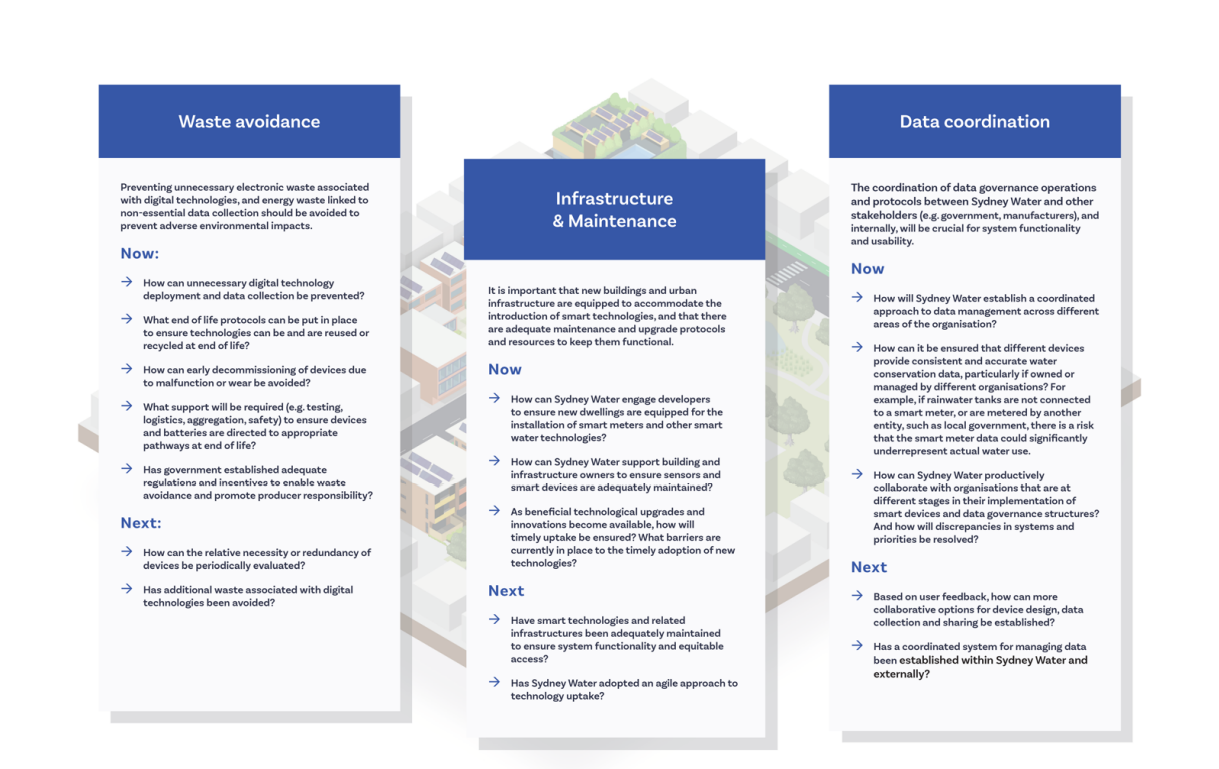
Figure 6: Orientation points (2 of 2)
